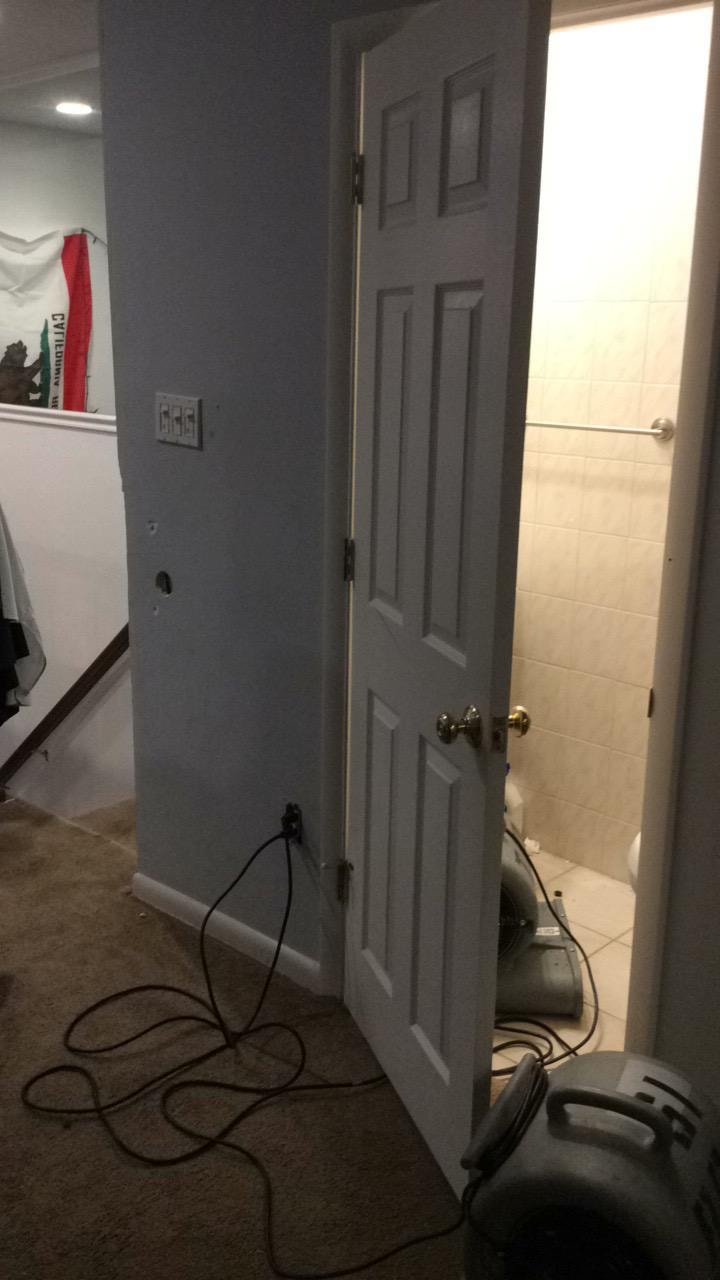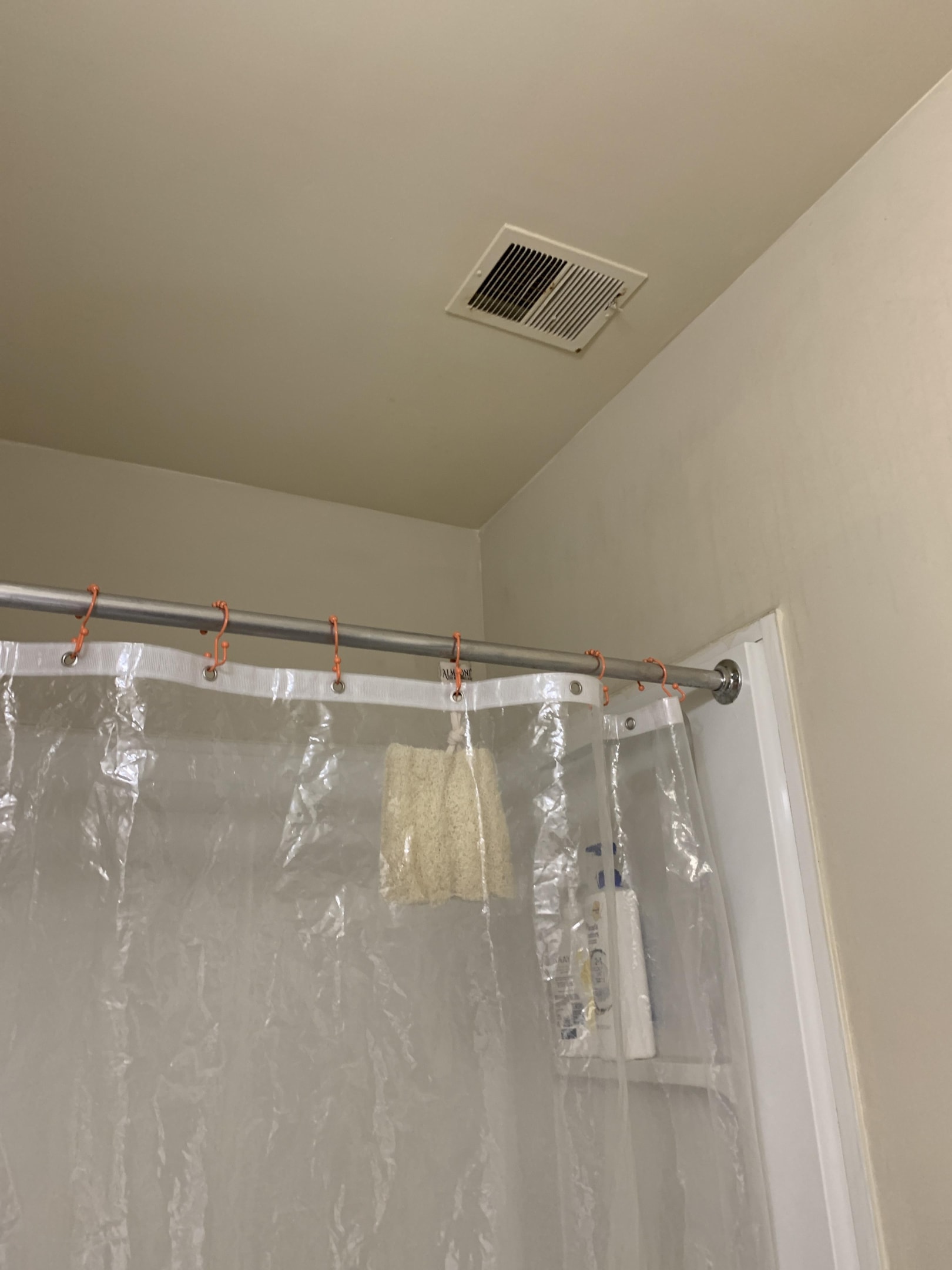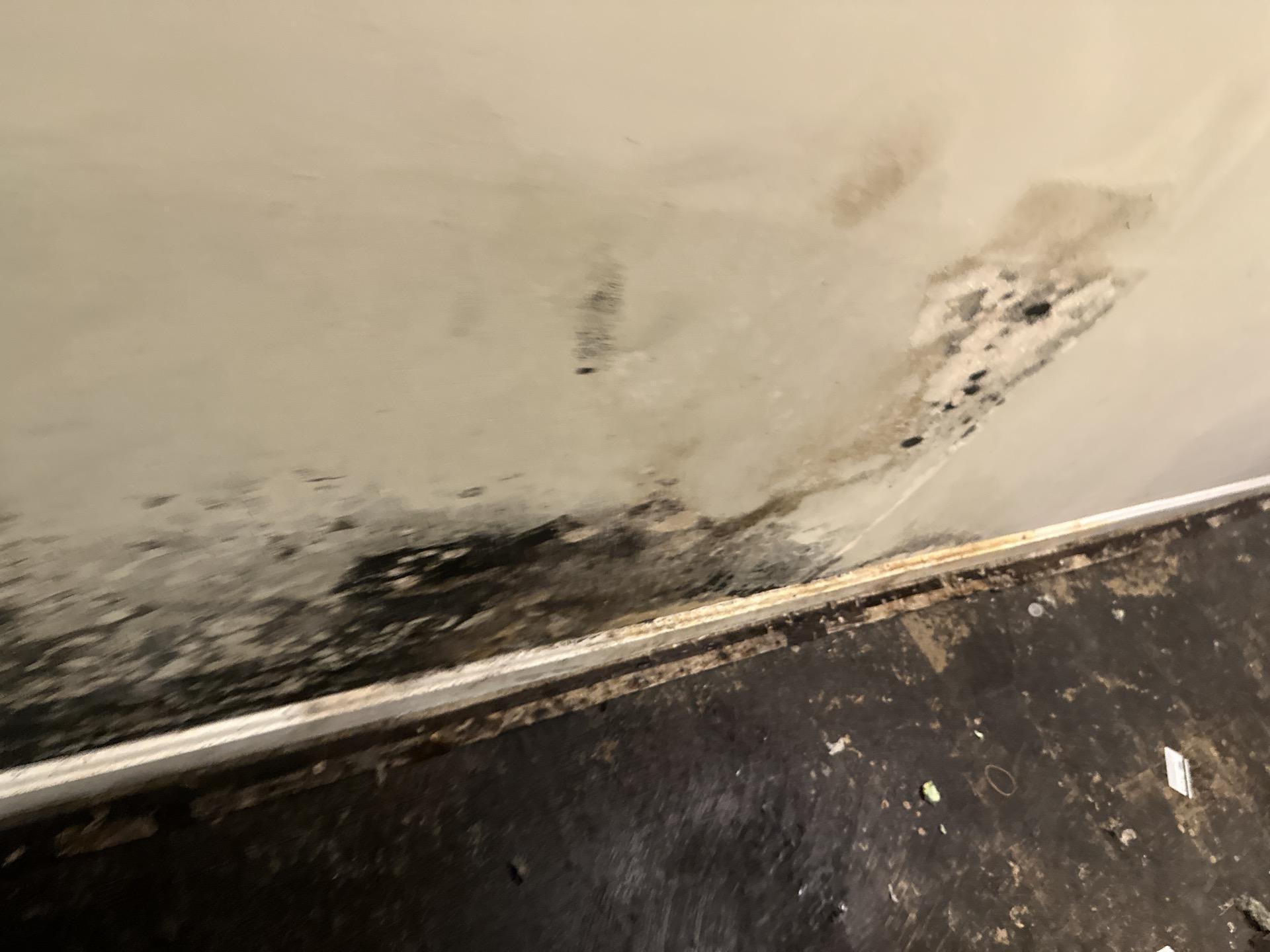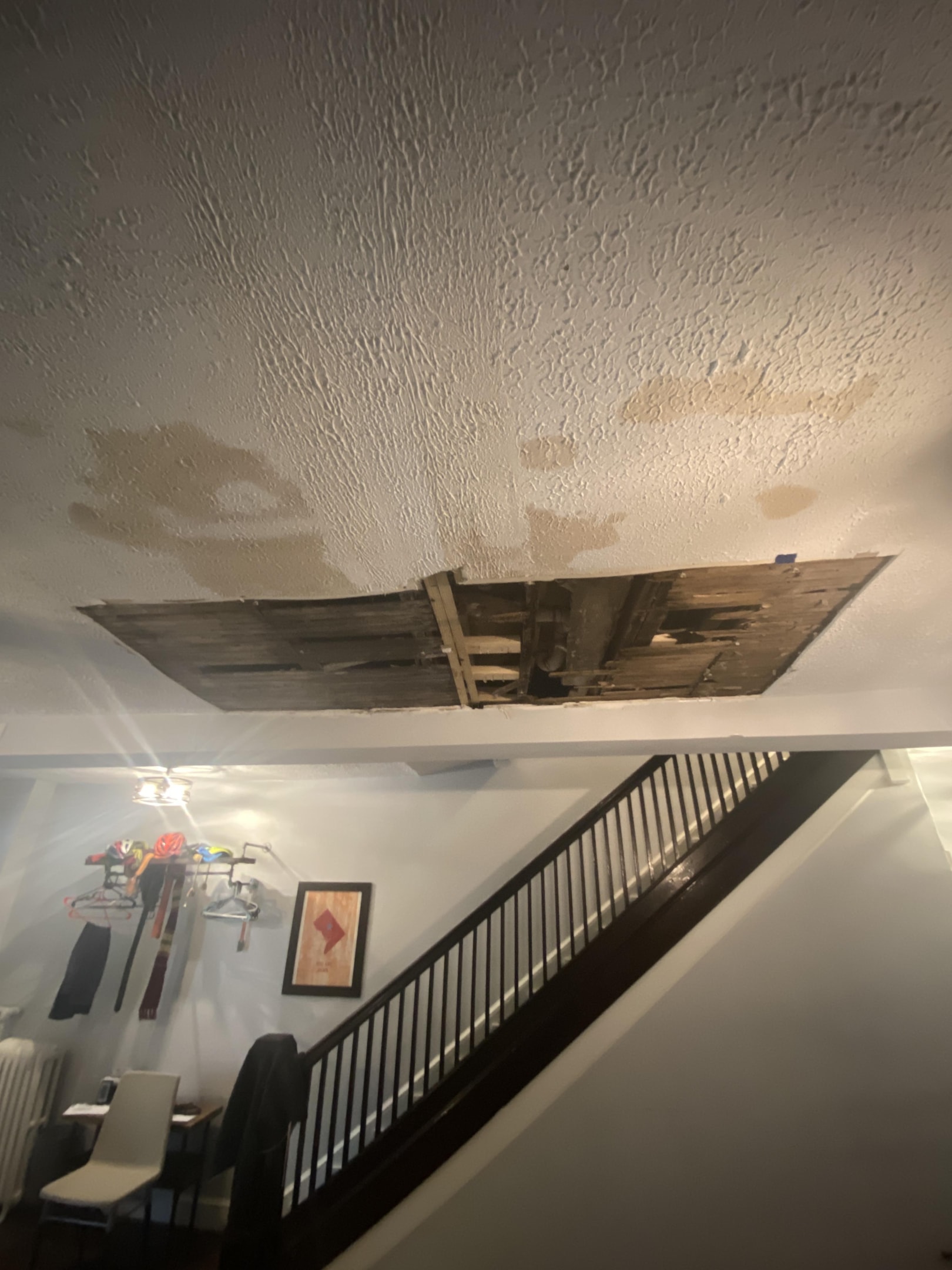Mold Removal: | SI Restoration Annapolis Maryland
Introduction
With over twenty years of experience in the mold removal and mold cleanup industry in Annapolis Maryland , SI Restoration offers advice to home and business owners who have come across small and large affected areas of mold in their home.

SI Restoration also emphasizes the importance of a thorough mold inspection to identify all affected areas and ensure comprehensive remediation. This article adheres to guidelines set by the Environmental Protection Agency (EPA) as well as the Institute of Inspection Cleaning and Restoration Certification (IICRC)’s S520 Guidelines on proper mold removal and remediation. It provides detailed guidelines for small mold clean up projects, emphasizing specific procedures and safety measures. It is advised that any affected area larger than three (3) square feet should be handled by a mold removal service like SI Restoration. Larger areas that are not properly contained can cause major health and indoor air quality risks that only IICRC certified technicians can protect against.
SI Restoration’s Official Guide on How to Remove Mold
Understanding Mold Growth
Mold growth is a common issue in homes and commercial buildings, particularly in areas with high humidity and moisture. Effective moisture control is essential to prevent mold growth, as mold thrives in damp environments.
Mold can thrive on various surfaces, including walls, ceilings, and floors, often triggered by water damage, other moisture source poor ventilation, and high temperatures. While some mold growth is visible, it can also lurk hidden behind walls or under flooring, making it crucial to identify and address it promptly. Early intervention is key to preventing further damage to building materials and mitigating health risks associated with mold exposure.

Health Risks Associated with Mold
Exposure to mold can pose significant health risks, especially for individuals with compromised immune systems, allergies, or respiratory issues. Mold can significantly impact indoor air quality, leading to various health issues. Mold spores, which are tiny particles released into the air, can cause a range of health problems.
Prolonged exposure to these spores can lead to allergic reactions, respiratory problems, and even neurological issues. Given these potential health risks, it’s essential to take mold growth seriously and seek professional mold remediation services. Ensuring a safe and healthy environment requires addressing mold issues promptly and effectively.
Preparing for Mold Remediation
Before starting the mold remediation process, it’s essential to prepare the affected area and take necessary precautions to prevent further mold growth and exposure. This preparation includes:
-
Containing the affected area: Use plastic sheeting and tape to seal off the area and prevent mold spores from spreading to other parts of the building.
-
Wearing personal protective equipment: Equip yourself with gloves, masks, and eye protection to minimize exposure to mold spores.
-
Removing contaminated materials: Discard porous materials, such as ceiling tiles, that are contaminated with mold, as they can be difficult to clean thoroughly.
-
Ventilating the area: Use fans and dehumidifiers to reduce moisture and humidity, creating an environment less conducive to mold growth.
-
Conducting mold testing: Perform mold testing to identify the type and extent of mold present, which will guide the remediation process.
-

The Mold Remediation Process
The mold remediation process involves several steps to ensure effective removal and cleaning of mold-infested areas.
Mold abatement involves not only removing the mold but also addressing the underlying causes to prevent recurrence.
Assessment and Isolation
Assessment and isolation are crucial steps in the mold remediation process. Mold contamination can spread quickly if not properly contained, making thorough assessment and isolation of moldy area critical. A trained mold remediation specialist will evaluate the extent of the mold growth, identify the source of the moisture, and determine the best course of action for remediation. The affected area will be isolated to prevent the spread of mold spores to other parts of the building. This may involve sealing off the area with plastic sheeting or using negative air machines to contain the mold spores.

Removal and Cleaning
The removal and cleaning process involves:
-
Identifying and removing all visible mold growth: Carefully inspect the affected area and remove any materials that show signs of mold. It is important to follow specific methods for removing mold from various surfaces, including fabric, outdoor areas, and interior surfaces of homes.
-
Cleaning and disinfecting surfaces: Use a solution of water and detergent to clean and disinfect surfaces, ensuring that all mold spores are eliminated.
-
Using specialized equipment: Employ HEPA vacuums and air scrubbers to remove mold spores and particles from the air and surfaces.
-
Drying the area completely: Ensure the area is thoroughly dried to prevent further mold growth, using fans and dehumidifiers as needed.
Mold mitigation involves reducing mold levels to a safe and manageable state.
It’s essential to note that mold remediation requires specialized training and equipment to ensure effective removal and prevention of future mold growth. If you’re dealing with a large-scale mold infestation or unsure about how to proceed, it’s recommended to hire a professional restoration company with restoration certification.
By following these steps and taking the necessary precautions, you can effectively remove mold and prevent future growth, ensuring a safe and healthy environment for you and your loved ones.
Safety Precautions
Safety precautions are essential when dealing with mold remediation. Mold exposure can lead to serious health issues, making safety precautions essential.
Mold spores can be hazardous to health, especially for individuals with compromised immune systems.
Personal protective equipment (PPE) such as gloves, masks, and eye protection should be worn by anyone involved in the remediation process. Additionally, the work area itself should be well-ventilated to prevent the accumulation of mold spores.
Contents Restoration
Contents restoration is a crucial step in the mold remediation process. When mold growth affects personal belongings, it’s essential to clean, disinfect, and restore these items to their original condition. This process requires specialized equipment and techniques to ensure that all mold spores are effectively removed.
A professional restoration company will offer comprehensive contents restoration services, which may include the cleaning and restoration of furniture, carpets, clothing, and other personal items.
Using advanced equipment and methods, these experts can remove mold spores and restore your belongings, helping to preserve their value and functionality.
In addition to restoring affected items, a professional mold remediation company will provide valuable guidance on how to prevent mold growth in the future.
Recommendations may include improving ventilation, reducing humidity levels, and increasing air circulation within your home or commercial building. By taking these preventive measures, you can significantly reduce the risk of future mold infestations and maintain a healthy indoor environment.
Preventing Future Mold Growth
Preventing future mold growth is crucial to maintaining a healthy indoor environment. Here are some steps you can take:
Implementing effective mold prevention strategies is key to maintaining a mold-free environment.
Controlling Humidity
Controlling humidity is key to preventing mold growth. Monitoring and maintaining appropriate humidity levels is crucial to prevent mold growth.
Mold thrives in damp environments, so it’s essential to keep the humidity level in your building below 60%.
You can use a dehumidifier or ensure good ventilation to achieve this. Regularly check for signs of moisture accumulation, such as water stains or condensation, and address them promptly.
Regular Maintenance
Regular maintenance is essential to preventing mold growth. Regularly inspect your building for signs of mold growth, and address any issues promptly. Ensure that your building’s HVAC system is functioning properly, and that there are no leaks or water damage. Regular cleaning and dusting can also help prevent mold growth.
By following these steps, you can help prevent future black mold growth and maintain a healthy indoor environment.
Hiring a Professional Mold Remediation Company
Hiring a professional mold remediation company is essential for ensuring that mold growth is properly removed and prevented in the future.
A professional company will have the necessary equipment, training, and expertise to safely and effectively remove mold spores and restore affected property damage to areas.
When selecting a mold remediation company, it’s crucial to choose one that is certified by a reputable organization, such as the Institute of Inspection, Cleaning and Restoration Certification (IICRC).
This certification guarantees that the company has undergone rigorous training and adheres to industry standards for high-quality mold remediation services.
Experience is another critical factor to consider. Look for a company with a proven track record in handling mold remediation in commercial buildings. This experience should include working with various building materials, such as ceiling tiles, insulation and drywall, which are commonly affected by mold growth.
A professional mold remediation company will also prioritize the safety of their technicians by providing personal protective equipment (PPE), including gloves, masks, and eye protection. This ensures that the technicians are protected from mold spores and other hazardous materials during the remediation process.
By hiring a certified and experienced mold remediation company, you can be confident that your mold problem will be addressed effectively and safely, protecting both your property and the health of its occupants.
SI Restoration has been around since 1989 in the Annapolis Area.
SI Restoration mold remediation clean up services are available in the following Maryland areas
Westminister , Annapolis , Pikesville, Baltimore , Glen Burnie, Owings Mills, Rockville , Bethesda , Washington DC.